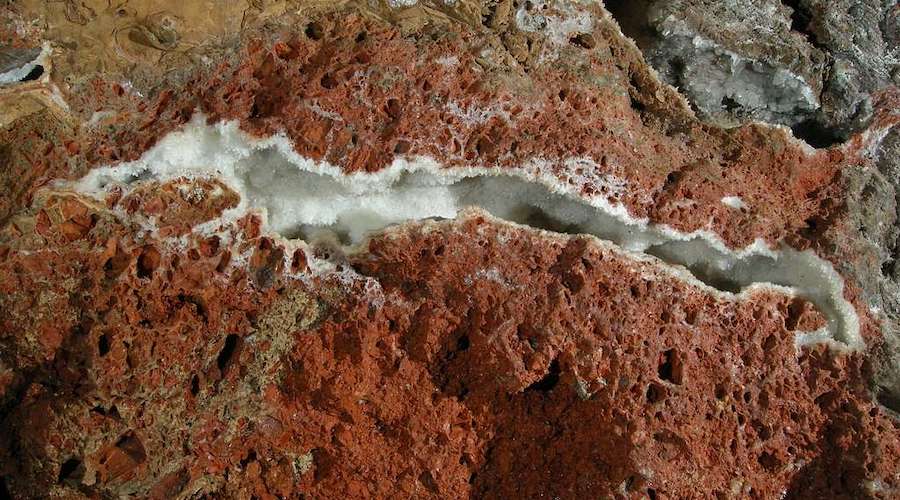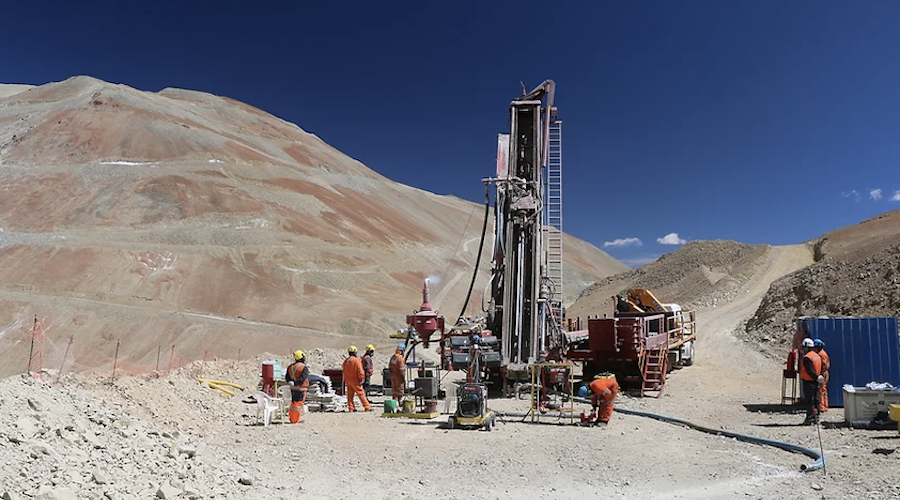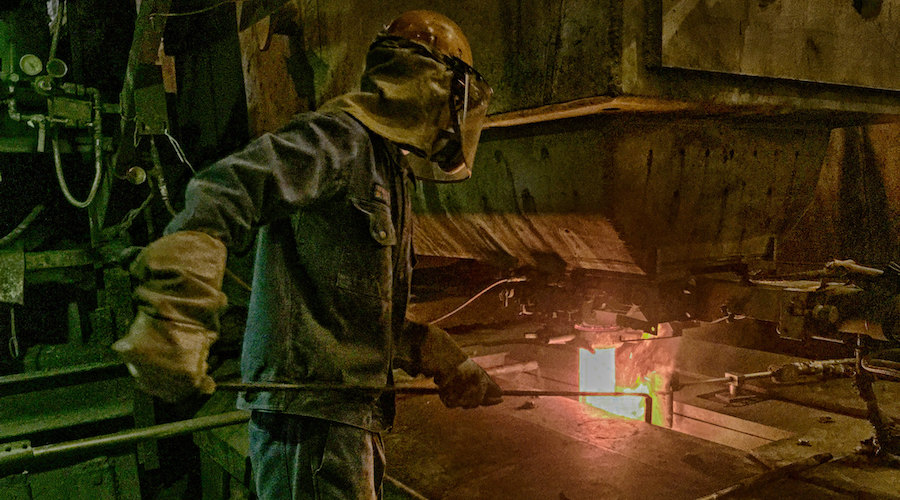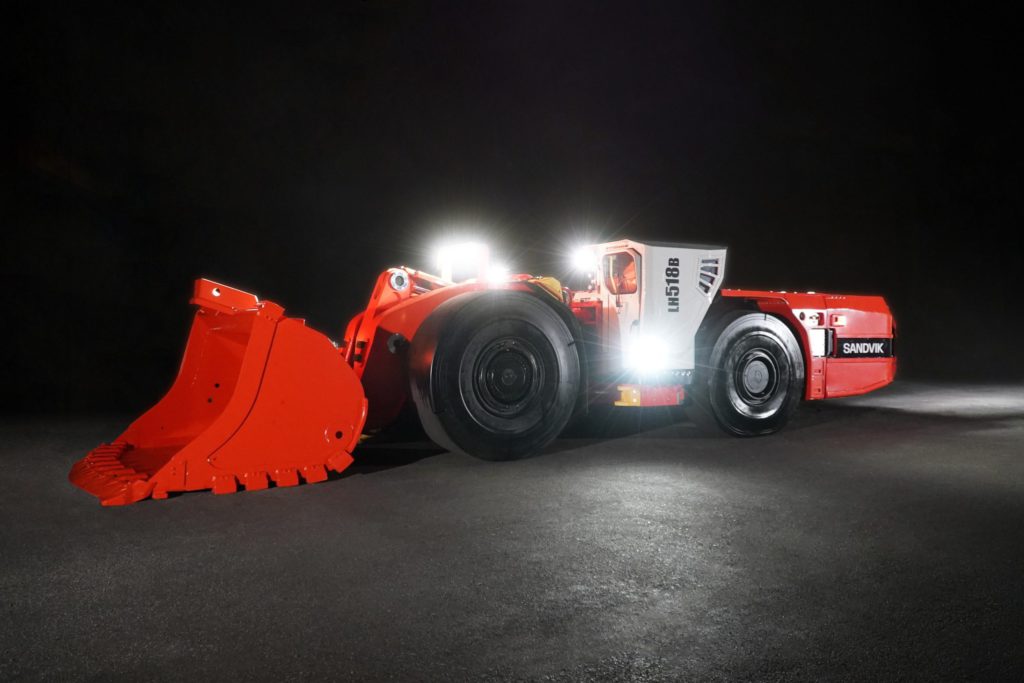Researchers figure out how to accurately detect compounds in rocks


The experts involved in this study tested the solution in the laboratory simulating the atmospheric conditions of the earth and Mars.
In detail, they fused spectral information and that provided by the propagation of sound to obtain more reliable data.
In a paper published in the journal Analytical Chemistry, the scientists confirm that this model for the analysis of materials achieves a better definition of the compounds in less time and at a scale of analysis approaching the attogram, that is, an amount of mass equivalent to that of a virus.
According to Javier Laserna, one of the study’s co-authors, in comparison with the results obtained with LIBS or the acoustic dataset separately, the results provided by the new system improve the information from 90% and 77% respectively to 92% for the earth’s atmospheric conditions, and from 85% and 81% to 89% for Mars.
“We demonstrate for the first time that the acoustic wave generated by the laser on the sample can be used to create a statistical descriptor and to improve the capacity of LIBS for rock differentiation,” Laserna said.
Fusion cuisine with LIBS
LIBS is widely used by the scientific community to determine the composition of rocks, minerals and soils under different conditions because of its high performance, immediacy and reliability. However, the Málaga team went a step further by simultaneously assessing the acoustic response input provided by laser-induced plasmas. This way, they were able to identify geological samples much more accurately.
Specifically, the researchers selected two groups of minerals, six rich in iron and six rich in calcium. The initial hypothesis was that the elemental composition should generate very similar LIBS spectra within each group.
Calcium in particular is one of the main components in rock formation, and its presence and arrangement provide relevant information for studying the origin of the planets Mercury, Venus, the earth and Mars.
The process for obtaining the LIBS data and the acoustic responses is achieved from the same test, which consists in applying a laser to the sample. However, the information they yield is completely different.
In LIBS, the signal comes mainly from atoms that have undergone a process of fragmentation, atomization, ionization and excitation.
In other words, the matter is transformed into plasma and the atoms are made available for analysis. In the case of acoustic information, the wave is generated by the expansion of the plasma in the atmosphere. Therefore, the combination of the two provides complementary information to extract new data that more clearly identifies the different elements and their arrangement.
In the researchers’ view, this model could be of great interest for the analysis of materials in complex environments – for example, those carried out in other atmospheres, such as explorations of Mars.
This post has been syndicated from a third-party source. View the original article here.




